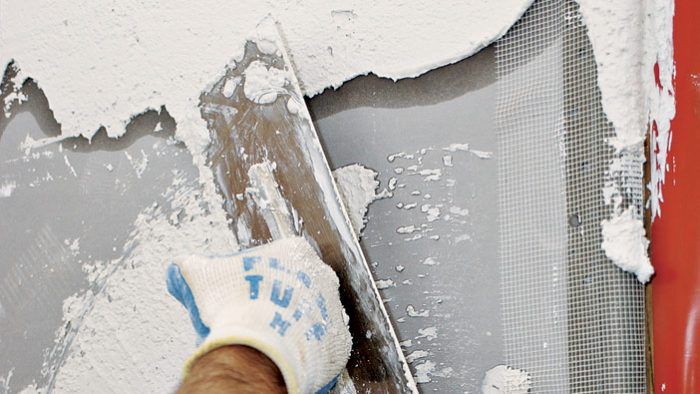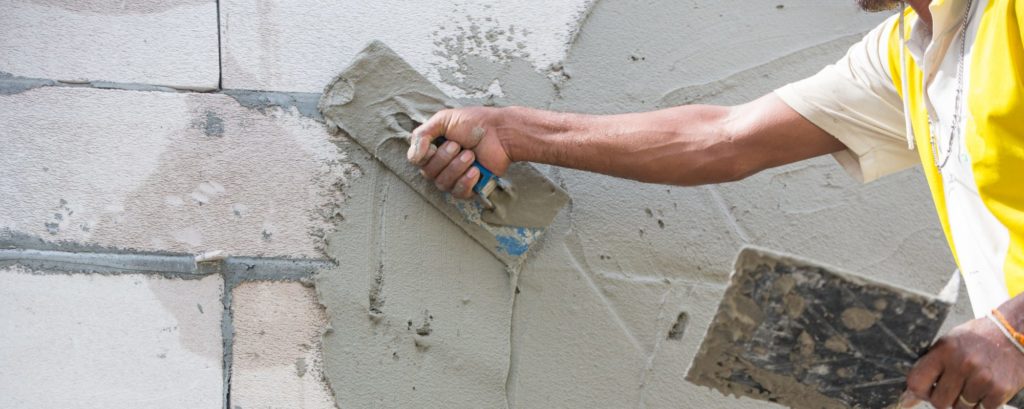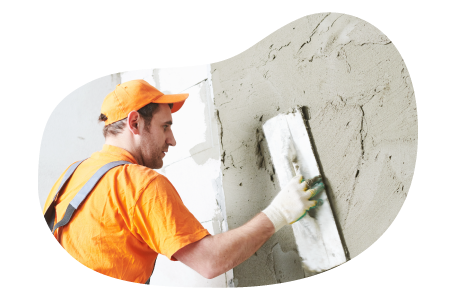Plastering Setup: Specialist Solutions for New Construction Projects
Plastering Setup: Specialist Solutions for New Construction Projects
Blog Article
Trick Tips and Devices for Effective Plastering in Your Home Renovation Ventures
Achieving a perfect plaster surface in your house renovation jobs needs a blend of the right tools and tested techniques. Crucial executes such as the hawk and trowel are essential for efficient application, while proper surface prep work lays the structure for success. Moreover, recognizing the subtleties of mixing plaster and applying it in slim layers can dramatically impact the final end result. As we explore these essential facets, it comes to be obvious that preventing common challenges can raise your plastering abilities-- guaranteeing your following project not just satisfies however goes beyond expectations.
Important Plastering Devices
The essential devices encompass a range of executes made to promote the gluing process efficiently and properly. Trick components consist of a hawk, which is a level, square device made use of to hold the plaster while using it to surface areas.

In addition, a mixing bucket is required for preparing plaster, making sure the ideal uniformity before application (Plastering). With each other, these important plastering tools enable both specialists and DIY fanatics to accomplish premium outcomes in their plastering tasks.
Surface Prep Work Techniques
Appropriately preparing the surface before plastering is crucial for ensuring adhesion and accomplishing a perfect coating. The very first step includes cleaning up the surface to get rid of any type of dirt, oil, or old paint that may impede the plaster's ability to bond successfully. A comprehensive wash with a suitable cleansing service is recommended, adhered to by washing and allowing the surface to dry totally.
Following, analyze the surface area for any kind of cracks or blemishes. These should be loaded with an appropriate filler compound and allowed to cure according to the supplier's instructions. For permeable surface areas, applying a primer is vital to enhance and produce a consistent texture bond.
Furthermore, it is essential to guarantee that the surface area is stable and structurally noise. Any loosened products, such as flaking paint or damaged drywall, need to be fixed or removed. Take into consideration utilizing a scrape layer to improve grip. if working with masonry surfaces.
Combining Plaster Like a Pro

Utilizing a tidy blending container, pour the water first, then progressively add the plaster powder while mixing continually. This approach assists to prevent clumping and ensures an also circulation of products.
As soon as combined, allow the plaster to relax for a few mins to make it possible for the plaster crystals to moisten totally. This pause boosts workability and minimizes the danger of breaking throughout application. By complying with these steps, you can blend plaster like a professional, establishing the structure for an effective smudging job in your home renovation endeavors.
Application Techniques for Smooth Finishes
With the plaster mix prepared to the suitable consistency, the following action entails picking appropriate application approaches to achieve a smooth coating. This tool enables for a penalty, also circulation of plaster across the surface area while decreasing trowel marks.
Begin by applying a generous amount of plaster to the surface utilizing the trowel, guaranteeing it sticks blog well. Utilize a methodical method, functioning from the lower higher. Once the first layer visit this site right here is used, use a sweeping movement to smooth the surface, using also stress. In areas that need more precise interest, think about utilizing a float, which can aid remove any kind of imperfections and create an uniform texture.
For the final touches, a damp sponge can be used to improve the surface area even more. Gently mist the plaster with water and gently rub the surface area to achieve a polished effect. Constantly keep in mind to operate in small sections to preserve control over the application procedure, ensuring a smooth, specialist surface throughout your plastering task.
Usual Mistakes to Avoid
When embarking on a smudging task, staying clear of typical errors is crucial for attaining a perfect finish. One of one of the most prevalent errors is overlooking surface area prep work. Failing to clean and repair the substratum can bring about bad bond and irregular surface areas. Make certain that all dust, grease, and loose materials are gotten rid of before using plaster.
One more common error is using plaster as well heavily. Thick layers can split as they dry, endangering the stability of the finish. Instead, go with multiple thin layers, enabling each layer to dry entirely prior to applying the next.
Furthermore, poor blending techniques can lead to inconsistent texture and workability. Constantly adhere to the maker's guidelines for mixing proportions and completely mix the plaster to achieve an uniform consistency.

Timing likewise plays a vital function; plaster ought to be used while the substrate is wet to boost bond. High-grade trowels and drifts can make a substantial difference in achieving a smooth finish.
Final Thought
Reliable gluing needs a complete understanding of vital devices and strategies. Proficiency Learn More Here of these aspects not just adds to the aesthetic charm of a space however likewise makes sure durability and durability in plastering projects, making them important to effective home improvement undertakings.
A float is an additional important tool, which helps in leveling the plaster and accomplishing a consistent surface area.

By complying with these actions, you can blend plaster like a professional, setting the structure for a successful plastering project in your home renovation ventures.
Lightly mist the plaster with water and carefully scrub the surface area to achieve a sleek effect.
Report this page